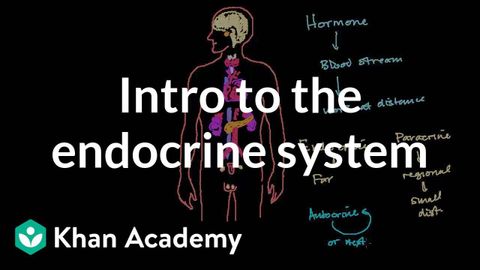内分泌系入門 (Intro to the endocrine system )
Amy.Lin が 2021 年 01 月 14 日 に投稿  この条件に一致する単語はありません
この条件に一致する単語はありませんUS /spɪˈsɪfɪk/
・
UK /spəˈsɪfɪk/
US /ˈkrɪtɪkəl/
・
UK /ˈkrɪtɪkl/
- adj.批判的な;重大な;批評の;批判的な;重篤な
US /mɪˈtæbəˌlɪzəm/
・
UK /məˈtæbəlɪzəm/
エネルギーを使用
すべての単語を解除
発音・解説・フィルター機能を解除

